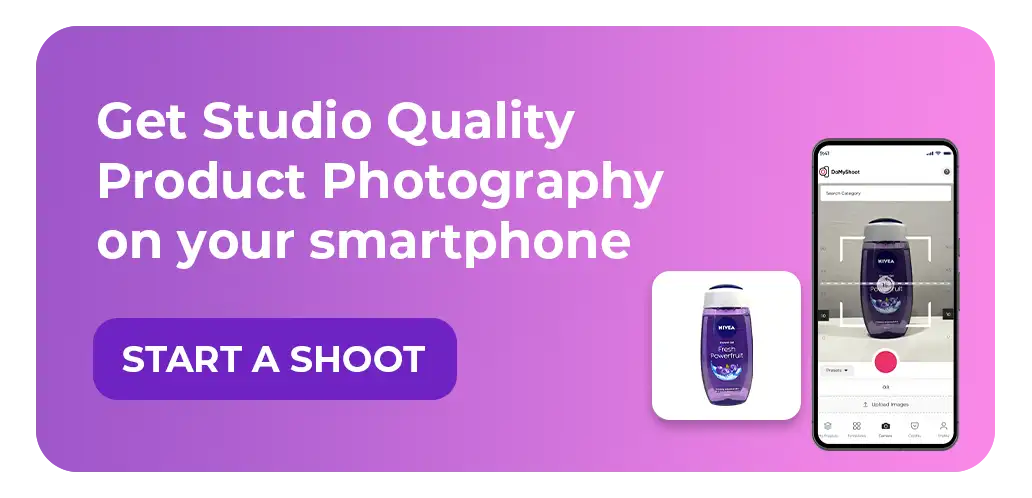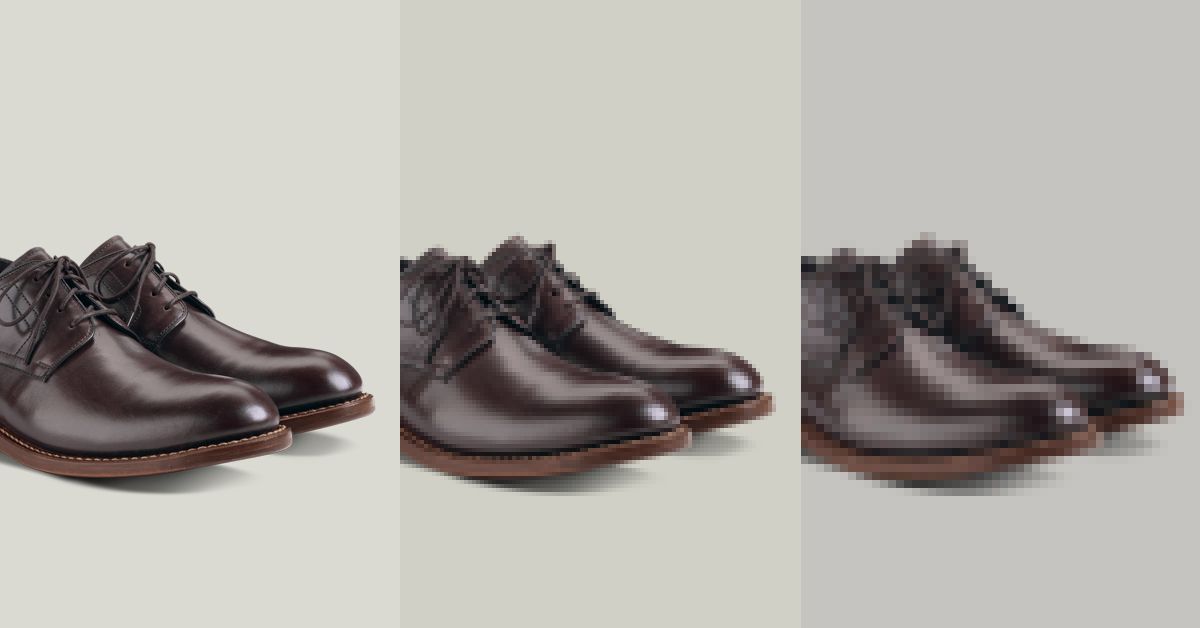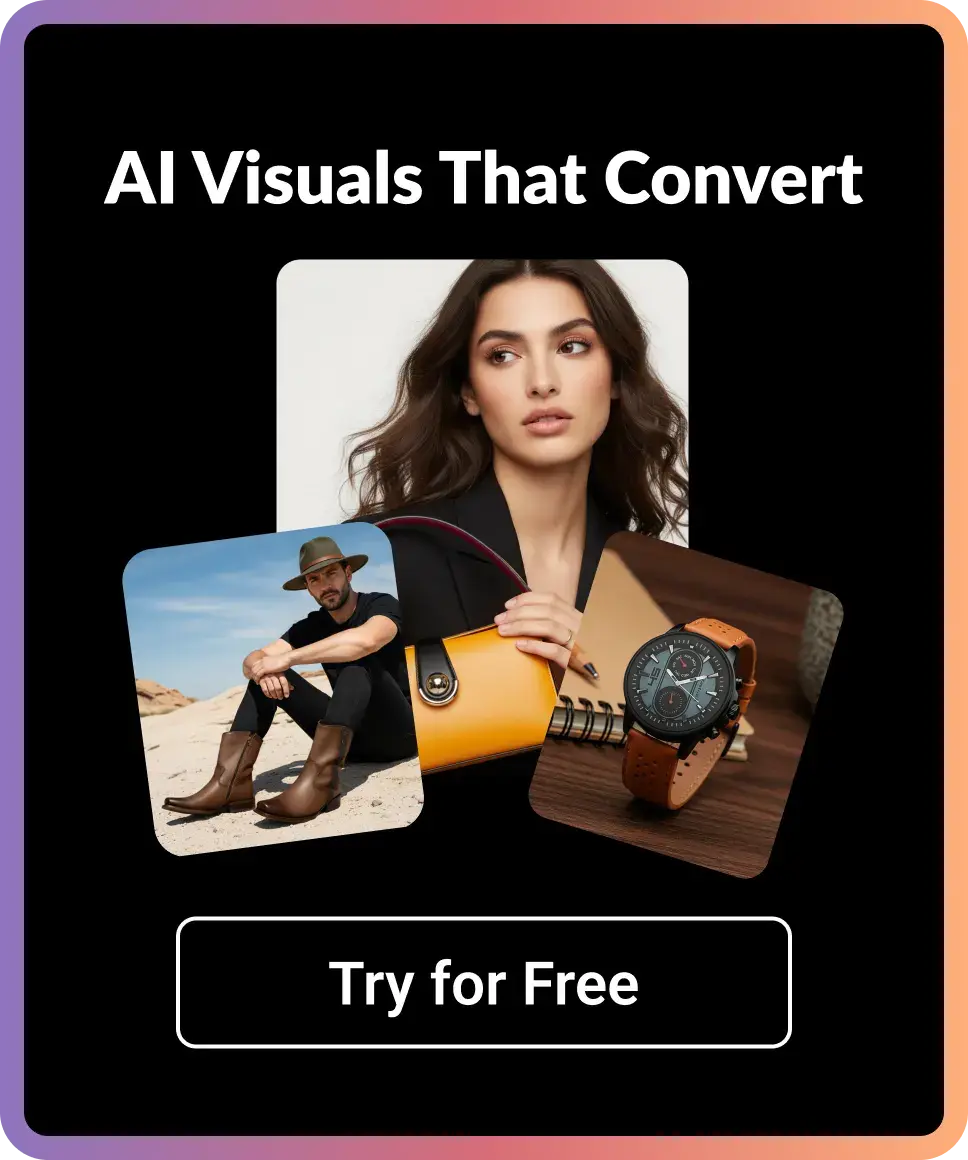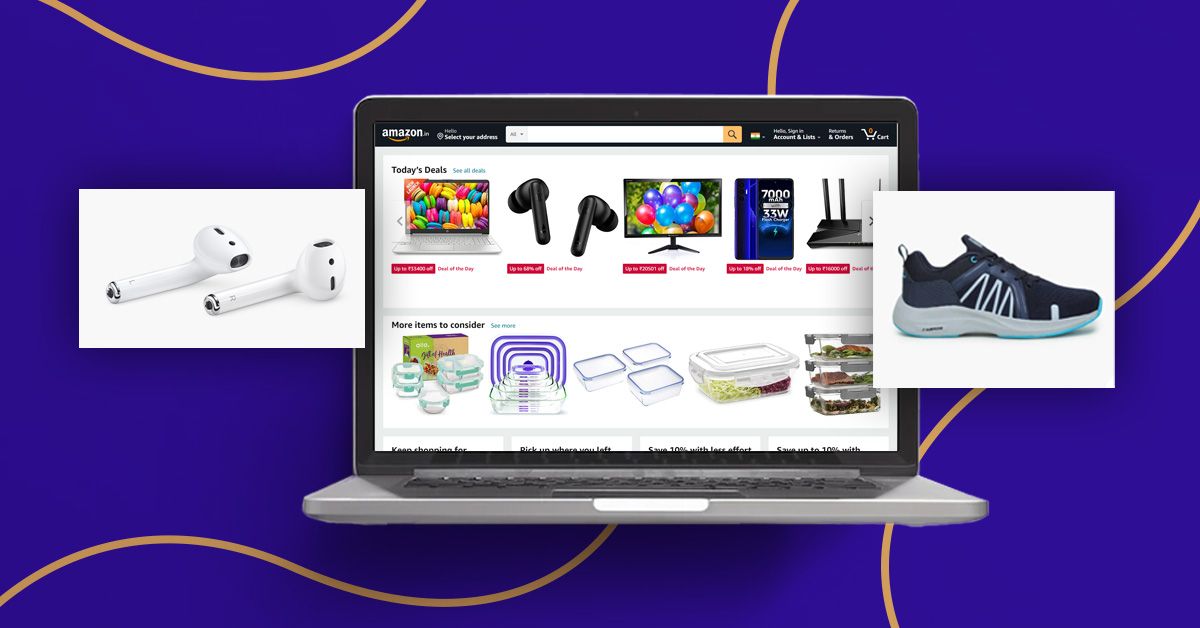In our previous post, we explored the technical requirements of preparing product images for Amazon.
In this post, we will dive into actionable optimization tips so those images convert better.
When you need to maximize the impact of your product photographs to increase sales, improve customer experience (and make it more engaging), your product can stand out on Amazon’s competitive listing pages.
Why Is Amazon Image Optimization Important?
Take a minute to remember what you see when you’ve searched for a product on Amazon.
It can become an infinite marketplace with the sheer amount of competition.
Well-optimized images deliver a positive impression and help shoppers make informed, reassured decisions, leading to higher conversions.
Let’s break down why image optimization is so essential:
1. First Impressions Matter
Your main product image is the first thing potential customers notice and can be the deciding factor for encouraging more
Here's why:
- Grabs Attention: In a sea of similar products, a high-quality, visually appealing image immediately garners eyeballs, helping you stand out.
- Sets Expectations: A professional image conveys that the brand cares about the quality and value of its products. This helps customers perceive it positively before they even click.
2. Increases Click-Through Rate (CTR)
This complements our previous point.
Optimizing your images has a direct impact on increasing CTR, which is crucial if you want to drive more traffic to your Amazon listing.
Here’s why:
- Main Image Attracts Attention: The first image potential buyers see is your main image. If it’s visually striking, it will capture attention in a very crowded marketplace.
- Improves Search Visibility: A higher CTR also signals to Amazon's algorithm that your product is relevant and popular, which boosts your ranking in search results.
- Competes with Rivals: Well-optimized images make sure you can stand apart from other sellers by making your product look more appealing at first look.
- Drives Qualified Traffic: When your image accurately represents your product, it gets attention from shoppers who are genuinely interested in your product, increasing the likelihood of conversions.
3. Boosts Conversion Rate
Your CTR needs to be high to create the foundation for a high conversion rate.
When you optimize your product images, you make customers feel more confident about their purchase.
Here’s how:
- Shows Product Features Accurately: If you’ve polished the images right, they’ll highlight key features, and showcase your product from multiple angles, all of which help customers grasp better how it will meet their needs.
- Reduces Uncertainty: The more detailed and accurate your product shots are, the fewer doubts customers will have, leading to quicker purchase decisions and reduced abandoned carts.
- Creates Emotional Appeal: Customers need to be able to relate to the product and visualize using it in their daily lives. In such cases, lifestyle images are great as they appeal to their emotions, nudging them to buy.

4. Leverages Zoom
By following Amazon’s guidelines, the image gets modified to include zoomed-in views.
This is great for boosting sales because shoppers can closely examine product details, and image optimization is key to unlocking this feature.
Optimized images:
- Are More Detailed: High-resolution images (1000px) mean customers can zoom in and see finer details, without any blurry outlines, so that they get giving them a better sense of the product’s quality and craftsmanship that went into it. When they have such a positive perception of the brand, they are less likely to be disappointed when the order gets delivered, reducing the chances of returns.
- Builds Trust: When shoppers can inspect the product closely, it signals that the brand has nothing to hide, what you see is what you get. Amazon-optimized images reduce uncertainty and build confidence in the product.
- Gamifies Customer Experience: Offering zoom makes it more fun to browse and explore.
5. Reduces Returns and Negative Reviews
The biggest advantage offline, physical stores have is that they face lower returns than online stores.
This is because photographs can be misleading, and shoppers are aware of it.
But when you optimize your product images, and they are accurate representations of your product, it leads to fewer returns and negative reviews.
Here’s how:
- Sets The Right Expectations: High-quality, detailed product shots will correctly reveal a product’s real appearance, size, and features so that customers will know exactly what they’re buying.
- Prevents Costly Returns: Optimized images lower the chances of order rejection and returns, saving you money from costly warehouse logistics.
6. Improves Mobile Shopping Experience
Most online shoppers use their smartphones to browse and shop. As a result, optimizing them for multiple devices is key.
It leads to:
- Faster Load Times: Images that are optimized for mobile load quickly, and reduce abandoned cart rate.
- Increases Conversions: When images can be properly seen and zoomed in even on small screens, potential customers are more likely to complete the order on their device.
7. Complies with Amazon’s Guidelines
With such a dizzying array of competition, a brand can’t afford to get its images rejected.
You lose time and resources repeating the exercise.
Ensuring they meet Amazon’s strict image guidelines before uploading is key.
It:
- Prevents Listing Suppression: Optimized images that follow Amazon’s guidelines, like featuring the product on a plain white background with the correct image dimensions, keep your product visible on listing pages.
- Improves Search Ranking: Amazon’s SEO algorithm factors in if the images have complied with their image requirements, and boosts your product’s chances of ranking higher in search results.
- Reduces Penalties: If your images don’t comply with Amazon’s image policies, you can incur penalties or face account suspension, leading to poor conversion rates.
How to Optimize Images for Amazon
Now that you understand why image optimization is so important, let’s deep dive into practical ways you should optimize your product images for Amazon.
1. Use High-Resolution Images
To access and activate Amazon’s zoom feature so that you can provide a detailed view, you need to ensure your images are high resolution.
The minimum accepted resolution is 1000px by 1000px, but higher resolutions are recommended especially if you sell apparel or fabrics that have a lot of textural detail.
Dresma’s Advantage:
With Dresma’s AI-powered product photography tool, you can easily create high-resolution images.
Most importantly, you can automate the entire workflow, and enjoy every image that meets Amazon’s resolution requirements.
2. Focus on the Main Image
For the main image (which is what shoppers see first in search results), make sure it’s a clean shot of your product, featured against a pure white background, and has no elements distracting online shoppers.
It should also be free of distractions, with the product taking up at least 85% of the frame.
Avoid adding any text, logos, or watermarks.
Dresma’s Advantage:
With Dresma’s DoMyShoot app, you can easily and instantly remove backgrounds.
It will take you minimal inputs and only a few seconds to create professional-grade main images.
3. Include Multiple Angles and Views
Customers want to see the product from different POVs so they do not doubt its dimensions or features.
Only when they feel confident that what they see in the images is exactly what they will get, will quick purchasing decisions happen.
For this, make sure to include multiple images that show the product from the front, back, sides, and top.
Adding close-up shots of important details can also improve customer confidence.
Dresma’s Advantage:
Our app DoMyShoot can instantly generate product pictures from different angles, especially with those angles that our AI knows will likely convert better.
4. Use Lifestyle Images
Lifestyle images help customers visualize how they will look and feel using the product.
Show your product in real-life settings so that shoppers gain a better idea of its size, functionality, and aesthetics.
Rather than just including photos of the product on a plain background, also include images that are placed within a relatable context, such as in a kitchen, living room, or outdoor environment.
Dresma’s Advantage:
Our AI-based photography app lets you create dynamic lifestyle images by integrating the product into different environments, giving you full control over how your product is presented.
5. Highlight Key Features with Infographic Images
Infographic images should include text overlays that highlight their size, dimensions, materials, or unique selling points.
These images work particularly well if your products or items have several features or technical functionalities that can be hard to convey through simple, basic images.
Infographics help customers quickly grasp the value and functionality of your product without forcing them to scroll through overtly detailed descriptions.
6. Optimize for Mobile Users
Continuing on this point from our previous section, you need to make sure your images look good on mobile devices.
Remember to test how your product images are displayed on both desktop and mobile devices to ensure consistency.
Simplified, uncluttered images tend to perform better on smaller screens.
7. Showcase Product Size and Scale
One common reason many online orders get returned is that the customer has grasped an incorrect perception of the product size.
To avoid this, include an image that compares your product’s size to a common object.
Dresma’s Advantage:
Our app DoMyShoot can quickly and seamlessly generate such images, reducing your churn rate, and budget wasted on return logistics.
8. Stay Within Amazon’s File Format Guidelines
Amazon has specific file formats it accepts from brands, which are JPEG, PNG, GIF, and TIFF.
It is critical that your images are in one of these formats and are also within Amazon’s file size limits to avoid any upload rejections.
The right image resolution will result in quick loading and high-quality display.
Conclusion
Amazon's image optimization is a critical factor for any brand that wants more success on the marletplace.
Remember that high-quality, optimized images will boost your CTR, improve conversions, and reduce returns, all while building trust with your customers.
The best part? It doesn’t need to get frustrating or overwhelming.
With Dresma, you can streamline your entire product photography workflow and create professional, Amazon-compliant images.
Our AI-powered tool automates product photography, background removal, and image optimization, leaving you more time and agility needed to focus on more important parts of your business.
Ready to get started with Dresma? Optimize your images for Amazon now!








